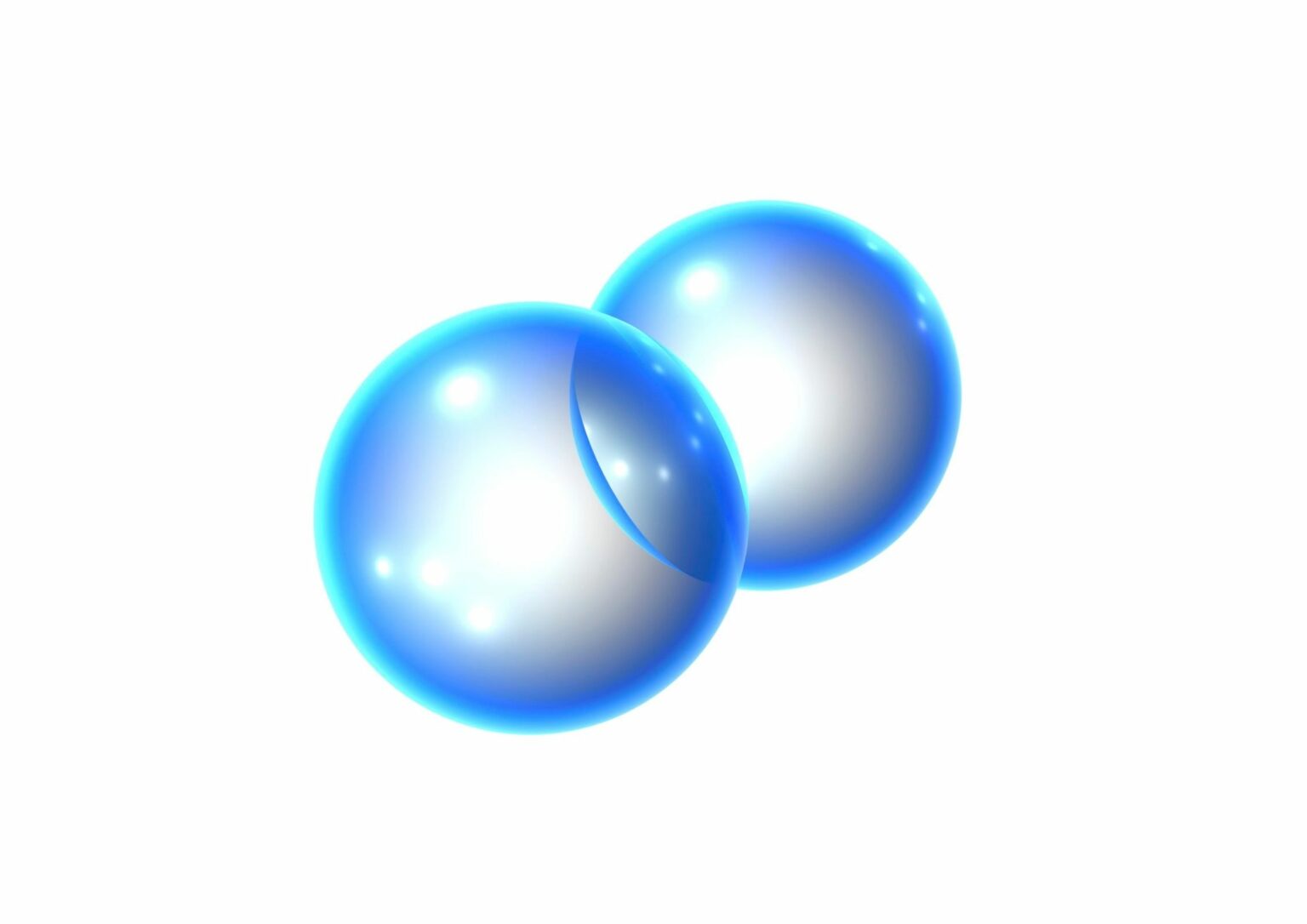In a recent publication in the International Journal of Hydrogen Energy, researchers Taejong Yu and Youngsub Lim have made significant strides in optimizing hydrogen storage through innovative tank design.
This study, titled “Changes in Holding Time Depending on Liquid Filling Ratio, Heat Transfer Parameters, and Shape of the Tank,” provides crucial insights that could advance the hydrogen storage technology, a critical component of the hydrogen industry.
The paper investigates how different variables related to tank design affect the “holding time,” or the duration for which the tank can effectively store hydrogen. Holding time is influenced by several factors: the liquid filling ratio, heat transfer parameters, and the physical shape of the tank. The research aims to identify optimal conditions that maximize this holding time, thus enhancing storage efficiency.
Key findings from the study include:
1. Liquid Filling Ratio: The amount of liquid used within the tank impacts the holding time significantly. Adjustments to the filling ratio can lead to considerable improvements in storage efficiency.
2. Heat Transfer Parameters: Effective heat transfer mechanisms play a crucial role in maintaining optimal storage temperatures. Enhancing these parameters can extend the holding time by minimizing heat loss.
3. Shape of the Tank: The geometry of the tank affects how heat is distributed and retained. Specific shapes can enhance holding times by reducing thermal gradients and improving structural integrity.
Potential Applications
These findings have immediate applications in the design and manufacturing of hydrogen storage tanks. By optimizing the filling ratio, enhancing heat transfer capabilities, and refining tank shapes, manufacturers can create more efficient and longer-lasting hydrogen storage solutions.
The researchers employed a combination of experimental setups and computational models to study the effects of the variables in question. Precise measurements were taken to assess how different liquid filling ratios and heat transfer parameters influenced holding times. Various tank shapes were also tested to identify the most effective geometries for hydrogen storage.
